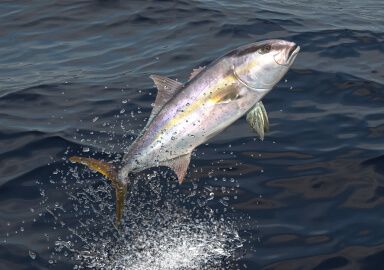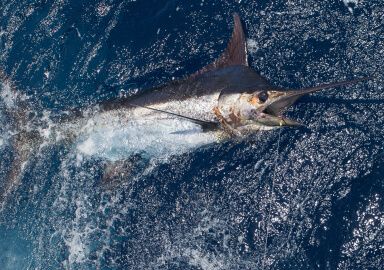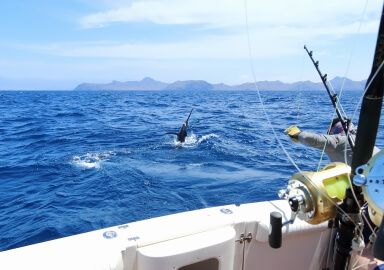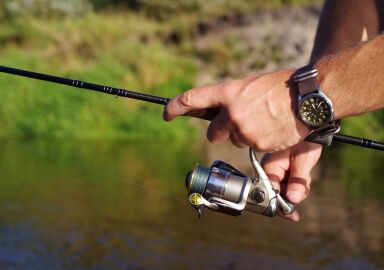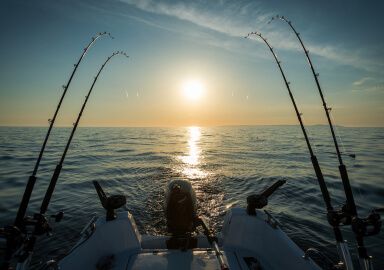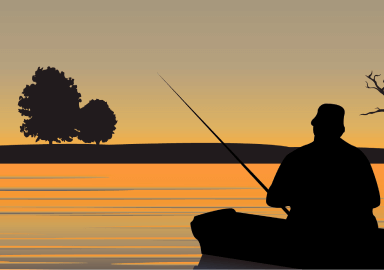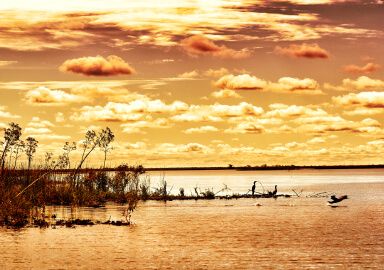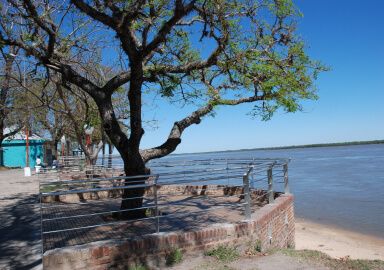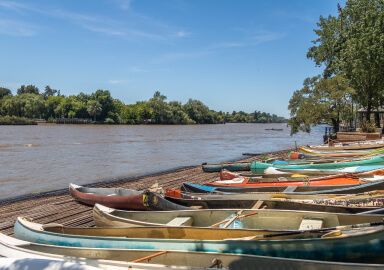Fishing in Bahia
With vast Atlantic coastlines, coral reefs, and tropical rivers, Bahia offers everything from offshore marlin runs to mangrove snook and Amazonian-style river fishing.
View 1 listing
1
listings
–
price starting from
11
fish species
–
to the nearest trip
About Bahia
Stretching across Brazil’s northeastern coast, Bahia is one of the country's most culturally rich and geographically diverse states. Its capital, Salvador, is a historic port city and a gateway to a coastline that extends over 1,100 kilometers along the Atlantic Ocean, offering a mix of offshore bluewater, reef, mangrove, and inland river systems. The state’s warm tropical climate, vibrant Afro-Brazilian culture, and abundant marine and freshwater life make it a top destination for adventurous anglers.
Fishing in Bahia is possible year-round, but certain species peak in activity from October to April, especially offshore. Bahia's coastal zones transition from coral reefs and sandy flats in the south to mangrove estuaries and rocky shoresin the north, creating an enormous variety of fishing environments within a single region. Inland, rivers like the São Francisco and Paraguaçu offer freshwater action and access to native and introduced species.
Targeted Fish Species
In offshore waters, anglers target blue and white marlin, sailfish, yellowfin tuna, dorado (mahi-mahi), wahoo, and barracuda, especially during the warm-water months of October through March. Bahia’s blue marlin fishing is world-class, with Salvador hosting international tournaments and attracting serious anglers.
Reef and inshore zones are home to mutton snapper, red snapper (vermelho), grouper (garoupa), amberjack, jack crevalle (xaréu), and snook (robalo). Mangrove estuaries also hold small tarpon, ladyfish, catfish, and pompano. Freshwater anglers in Bahia’s rivers and reservoirs can target peacock bass, wolf fish, pacu, and various species of tilapia, offering an Amazon-like experience without the logistics of remote jungle travel.
Fishing Techniques
Trolling with lures and rigged baits is the main method for offshore pelagics like marlin, tuna, and mahi-mahi. Boats often use outriggers and teasers, and captains track seasonal migrations and temperature breaks. For reef species, bottom fishing with baited rigs and jigging near structure is highly effective.
Light tackle casting in estuaries and mangroves uses soft plastics, topwater plugs, and live shrimp for snook, jacks, and small tarpon. Fly fishing is possible in sheltered backwaters, though still emerging in popularity. In freshwater, peacock bass respond well to spinnerbaits, crankbaits, and surface lures, while tilapia and pacu are often caught using dough baits or small hooks with corn and worms. Traíra, known for their aggressive takes, are best caught at dawn and dusk on surface or subsurface lures.
